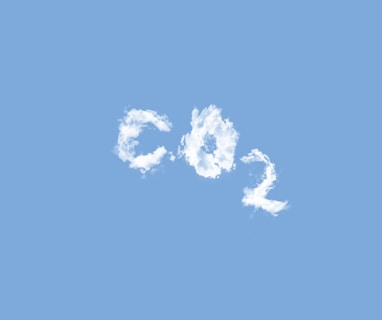Harmful Air Pollutants: What You Need to Know
Air pollution is a serious problem that can have a number of harmful health effects. This blog post will discuss the different types of harmful air pollutants, their sources, and what you can do to protect yourself.
8/8/20233 min read


Introduction
Air pollution is a major problem in the world today. It can cause a number of harmful health effects, including respiratory problems, heart disease, and cancer. There are a number of different types of air pollutants, each with its own source.
Types of Air Pollutants
Some of the most common types of air pollutants include:
Particulate matter (PM): This is a mixture of solid particles and liquid droplets that are suspended in the air. PM can come from a variety of sources, including traffic, industry, and power plants. PM can be classified into two main types:
PM2.5: This is particulate matter that is 2.5 micrometres or less in diameter. PM2.5 is especially harmful because it can penetrate deep into the lungs and bloodstream.
PM10: This is particulate matter that is 10 micrometres or less in diameter. PM10 is also harmful, but it is not as harmful as PM2.5.
Sulphur dioxide (SO2): This is a gas that is released from burning fossil fuels. SO2 can cause respiratory problems and can also contribute to acid rain.
Nitrogen dioxide (NO2): This is another gas that is released from burning fossil fuels. NO2 can also cause respiratory problems and can contribute to smog.
Ozone (O3): This is a gas that is formed when NO2 and VOCs (volatile organic compounds) react in the presence of sunlight. Ozone can cause respiratory problems and can also damage the lungs.
Sources of Air Pollutants
The main sources of air pollutants include:
Transportation: Traffic is a major source of air pollution, especially in urban areas. Cars and trucks emit a variety of pollutants, including PM, NO2, and SO2.
Industry: Industry is another major source of air pollution. Power plants, factories, and other industrial facilities emit a variety of pollutants, including PM, SO2, NO2, and O3.
Agriculture: Agriculture is a source of some air pollutants, such as ammonia and nitrous oxide. Ammonia can irritate the respiratory system and can also contribute to smog. Nitrous oxide is a greenhouse gas that contributes to climate change.
Homes and businesses: Homes and businesses can also emit air pollutants, such as wood smoke, VOCs, and radon. Wood smoke can irritate the respiratory system and can also contribute to smog. VOCs can cause a variety of health problems, including respiratory problems and cancer. Radon is a radioactive gas that can cause lung cancer.
Green Goods Guide to Protect Yourself from Air Pollution
There are a number of things you can do to protect yourself from air pollution:
Reduce your driving: If you can, walk, bike, or take public transportation instead of driving. This will help to reduce your exposure to air pollution from traffic.
Choose energy-efficient appliances and light bulbs: Energy-efficient appliances and light bulbs produce fewer pollutants than traditional appliances and light bulbs.
Plant trees: Trees help to filter air pollutants and can also improve air quality.
Eat a healthy diet: Eating a healthy diet can help to protect your lungs from the harmful effects of air pollution.
Get regular exercise: Exercise can help to improve your lung function and can also help to protect you from the harmful effects of air pollution.
Avoid smoking: Smoking is a major risk factor for respiratory problems and can make you more susceptible to the harmful effects of air pollution.
Use a HEPA air purifier: A HEPA air purifier can help to remove pollutants from the air in your home or workplace.
Get a lung health checkup: If you are concerned about your lung health, talk to your doctor about getting a lung health checkup.
Conclusion
Air pollution is a serious problem that can have a number of harmful health effects. However, there are a number of things you can do to protect yourself from air pollution. By following the tips in this blog post, you can help to reduce your exposure to air pollution and improve your health.
Keywords:
air pollution
harmful air pollutants
sources of air pollution
green goods to protect from air pollution
We hope this blog post has helped you learn more about harmful air pollutants and how to protect yourself from them. Together, we can make a difference in the fight against air pollution.
